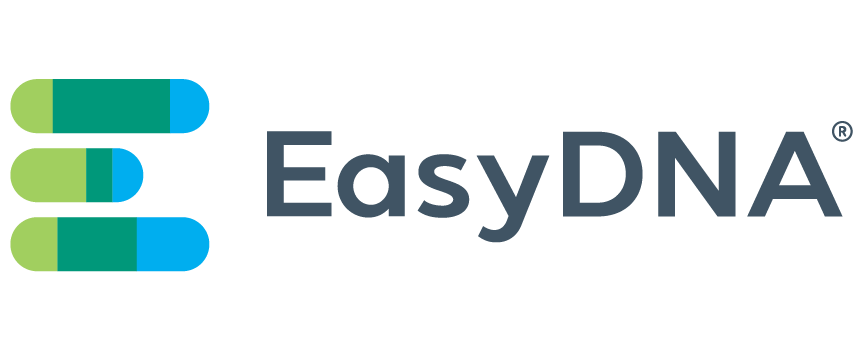About Aneurysm
When the aneurysm grows there is a significant risk of rupture, which may result in severe hemorrhage, other complications or death. Hereditary genetics or disease may cause the wall of the blood vessel to become weak, creating a predisposition to aneurysm.
Aneurysms can occur in children but is more prevalent in people within the age range of 35 to 60, and adult females are more likely to have aneurysms, There are usually no warning signs and the most common incidence are among 50 year olds.
There are two main types of aneurysms:
- Aortic aneurysm – This is more common and occurs in the aorta. Can be abdominal, or thoracic (higher up).
- Cerebral aneurysm – occurs in an artery in the brain. Cerebral aneurysms generally develop at the forks or branches in the base of the brain – but can form anywhere in the brain.
Signs and symptoms of aneurysms
Aneurysms can develop and become large before any symptoms are noticed. If an aneurysm ruptures the risk of death is high. Symptoms are related to the size of the aneurysm, its location and how fast it is growing. Very small aneurysms which do not grow may go completely without noticeable symptoms. A large cerebral aneurysm (in the brain) may push some nerve tissues and trigger numbness in the face, or trouble with the eyes.
Cerebral (brain) aneurysm symptoms
The following symptoms may be experienced with a growing cerebral aneurysm before it ruptures:
- Very severe headache that occurs suddenly
- Nausea
- Vomiting
- Eyesight problems
- Seizures (fits)
- Loss of consciousness
- Confusion
- A drooping eyelid
- Stiff neck
- Light sensitivity
When the cerebral aneurysm ruptures it will cause bleeding in the brain and a hemorrhagic stroke – it can also cause intracranial hematoma (blood leaks into the area surrounding the brain causing a blood clot in the skull).
Aortic aneurysm symptoms
Huge cases of aortic aneurysms occur in the abdominal aorta. It is usual for a patient to have an aneurysm without feeling any symptoms for several years, making detection difficult. It is hard to predict the behavior of aortic aneurysms. Some will never rupture, some will never grow, some will grow slowly, and some grow rapidly.
When symptoms of Aortic Aneurysm occur, it may include:
- A throbbing sensation in the abdomen
- Back pain
- Abdominal pain – this pain frequently spreads towards the back
The patient may experience the following if the aneurysm continues to grow and presses on the spine or chest organs:
- Coughing
- Loss of voice
- Breathing difficulties
- Problems swallowing
What causes aneurysms?
Several cases of aneurysms are congenital or already present at birth. High blood pressure, high cholesterol, and cigarette smoking could increase the risk for certain types of aneurysms. Pregnancy is frequently associated to the formation and rupture of splenic artery aneurysms.
Causes of brain (cerebral) aneurysm:
- Weakness in the artery wall (usually present since birth)
- Hypertension (high blood pressure)
- Arteriosclerosis (plaques of cholesterol, platelets, fibrin, and other substance form on the arterial wall)
Causes of abdominal aortic aneurysm and thoracic aortic aneurysm:
- Atherosclerosis – accumulation of fatty deposits (cholesterol) on the artery walls.
- Smoking – this is a major risk factor in the development of aortic aneurysms. Smoking contributes to atherosclerosis, hypertension and the acceleration of aneurysm growth.
- Hypertension – especially if it is inadequately controlled (not treated at all, or not treated properly).
- Vasculitis (infection in the aorta) – this is not a common cause, and seems to run in families.
- Cocaine use – Cocaine users in their mid-40s had more than four times the risk of coronary artery aneurysms as non-users, according to a study at Minneapolis. Heart Institute Foundation at Abbott Northwestern Hospital.
- Genetic link – a gene that plays a key role in cancer and cardiovascular development, could also be the cause of swelling in abdominal aortic aneurysms, researchers from the Center for Cardiovascular and Pulmonary Research at Nationwide Children’s Hospital reported in Arteriosclerosis, Thrombosis, and Vascular Biology (October 2012 issue).
About 1 in 4 aortic aneurysms occur in the thoracic area of the aorta (higher up in the chest). Causes are the same as with aortic aneurysms, plus the following below:
- Marfan syndrome – this is a genetic disorder of the connective tissue; it is a much less common cause of aortic aneurysm.
- Previous aorta injury – people with a previous injury to the aorta, such as aortic dissection (tear in the wall of the aorta) have a higher risk of developing a thoracic aortic aneurysm.
- Traumatic injury – this could be cause by a vehicle accident or a bad fall.
